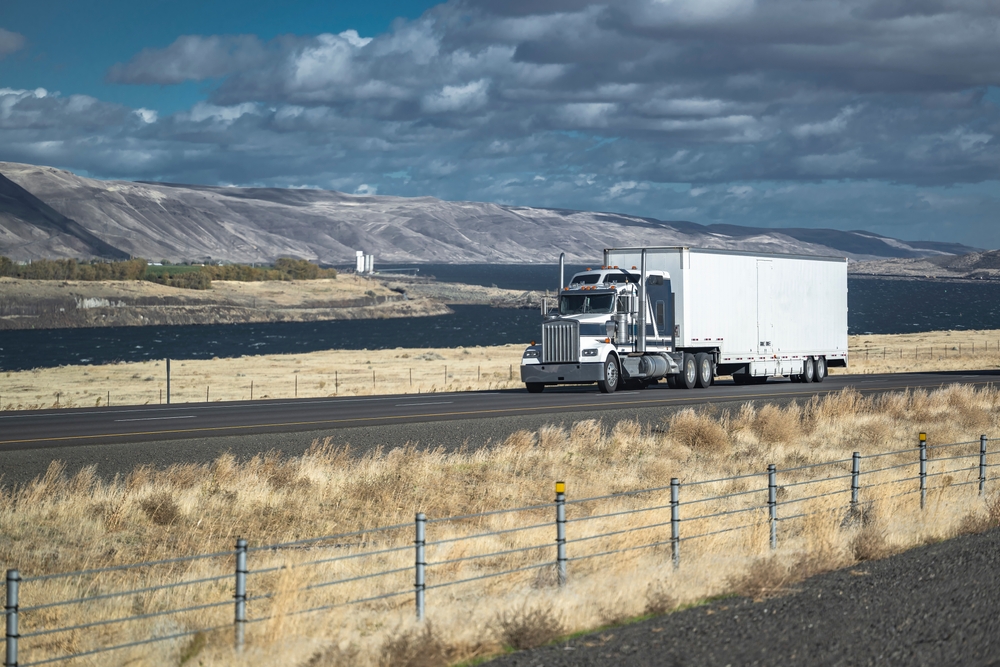
The American Trucking Associations (ATA) has expressed strong support for the recent initiative by over 150 Members of Congress to oppose the Environmental Protection Agency’s (EPA) Phase 3 Greenhouse Gas (GHG) emissions standards for heavy-duty vehicles. This effort, led by Congressman Randy Feenstra (R-Iowa) and Senator Mike Crapo (R-Idaho), aims to persuade EPA Administrator Michael Regan to withdraw the contentious rule.
ATA’s Senior Vice President of Legislative Affairs, Henry Hanscom, emphasized the unfeasibility of the current GHG3 rule, pointing out the insufficient development of zero-emission vehicle (ZEV) technology, the lack of heavy-duty charging and refueling infrastructure, and the instability of the power grid. “The post-2030 targets are entirely unachievable,” Hanscom stated, advocating for legislative and administrative intervention to address the rule’s significant shortcomings.
The Congressional letter highlights several key issues with the EPA’s rule, arguing that it will severely disrupt the trucking industry, increase costs for American consumers, and place undue burdens on farmers and small businesses. The lawmakers contend that the mandate overlooks the current market realities for commercial ZEVs and fails to consider the financial constraints of rural America. They argue that trucks must remain affordable and reliable to achieve the intended environmental benefits.
“This de facto mandate does not consider the realities of the commercial zero-emission vehicle marketplace or the ability for rural America to purchase these vehicles,” the lawmakers wrote. They warned that the rule would harm families and businesses, increase fuel prices, and heighten dependency on foreign supply chains, particularly those from China. They urged the EPA to withdraw the final rule, which they described as unrealistic and burdensome, predicting that it would further inflate costs for American families and businesses.
The trucking industry has significantly reduced nitrogen oxide and particulate matter emissions by 99% over the past few decades. This progress means that 60 modern trucks emit the same amount of pollutants as a single truck from 1988. The industry previously supported EPA’s Phase 1 and Phase 2 GHG regulations, which set ambitious yet achievable emission reduction goals. However, the Phase 3 rule represents a departure from this successful collaboration, setting impractical adoption rates for battery-electric trucks.
A study by the Clean Freight Coalition estimates that fully electrifying the U.S. commercial truck fleet would require nearly $1 trillion in infrastructure investment. The American Transportation Research Institute has also identified numerous challenges related to electricity supply, vehicle production, and charging requirements. Real-world experiences, such as those shared by a fleet manager from PITT OHIO during a House Transportation & Infrastructure Subcommittee hearing, underscore the practical difficulties in deploying battery-electric trucks.
While the final EPA rule includes lower ZEV rates for model years 2027-2029, the forced penetration rates in later years are expected to drive investment exclusively towards battery-electric and hydrogen technologies, limiting fleet options and relying on early-stage, unproven technology. The ATA advocates for technology-neutral policies that promote innovation and alternative fuels like renewable diesel, which has a lower lifecycle carbon footprint compared to battery-electric vehicles at a significantly lower cost.
The ATA will continue to collaborate with Congressional champions, industry stakeholders, and federal regulators to develop realistic, technology-neutral national emissions standards that will support environmental goals and enhance the efficiency of the supply chain.
Source:











Leave a Comment